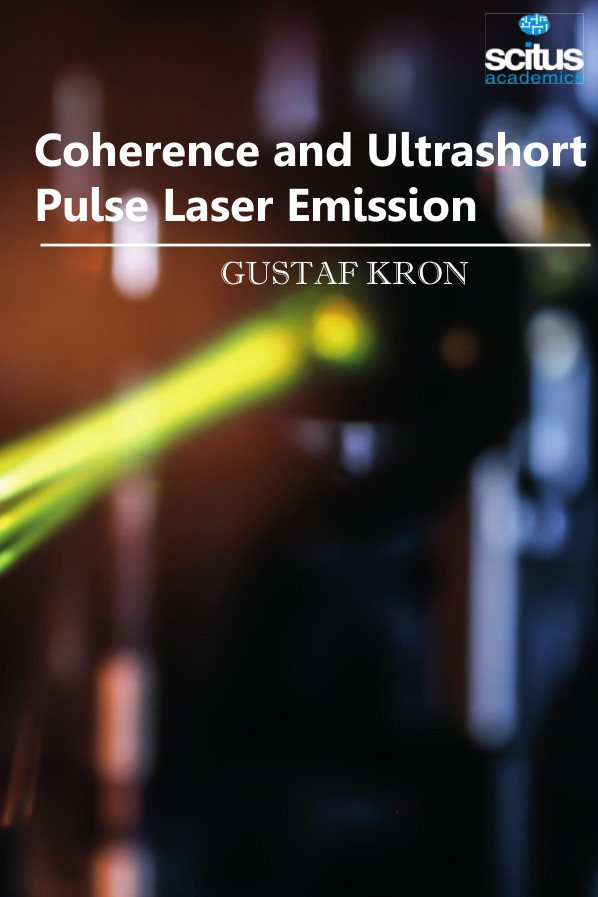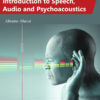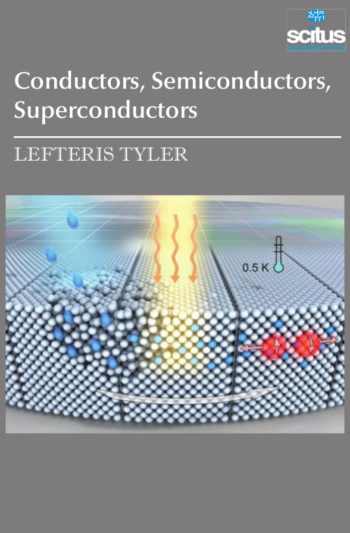More generally, coherence describes all properties of the correlation between physical quantities of a single wave, or between several waves or wave packets. he property of coherence is the basis for commercial applications such as holography, the Sagnac gyroscope, radio antenna arrays, optical coherence tomography and telescope interferometers. A laser is a device that emits light through a process of optical amplification based on the stimulated emission of electromagnetic radiation. A laser differs from other sources of light in that it emits light coherently. Spatial coherence allows a laser to be focused to a tight spot, enabling applications such as laser cutting and lithography. Spatial coherence also allows a laser beam to stay narrow over great distances, enabling applications such as laser pointers. Lasers can also have high temporal coherence, which allows them to emit light with a very narrow spectrum, i.e., they can emit a single color of light. Temporal coherence can be used to produce pulses of light as short as a femtosecond. Among their many applications, lasers are used in optical disk drives, laser printers, and barcode scanners; fiber-optic and free-space optical communication; laser surgery and skin treatments; cutting and welding materials; military and law enforcement devices for marking targets and measuring range and speed; and laser lighting displays in entertainment. The book entitled Coherence and Ultrashort Pulse Laser Emission emphasizes on the recent contributions on coherence deliver a useful perspective on the diversity of various coherent sources of emission and coherent related phenomena of current interest. The book also offers topics on ultrashort pulse laser generation and ultrashort pulse laser phenomena.













